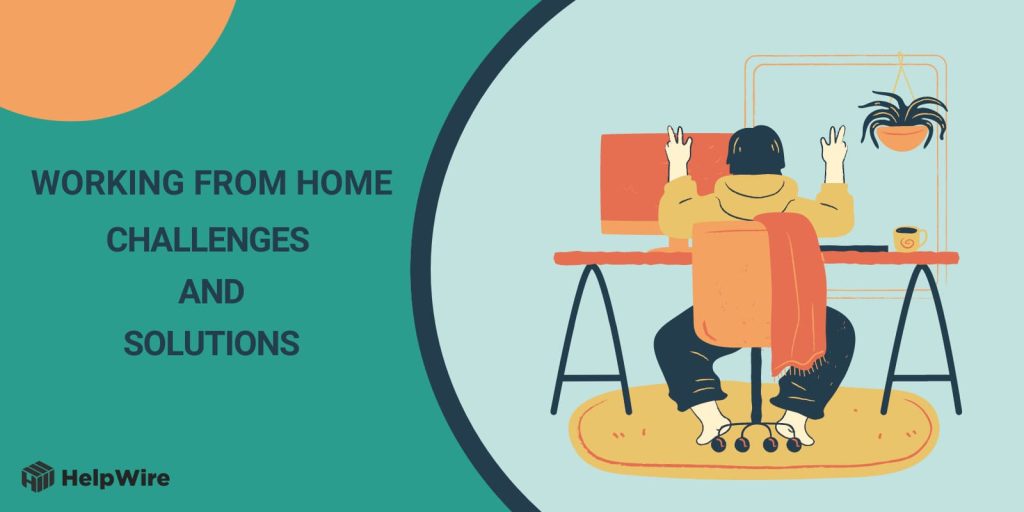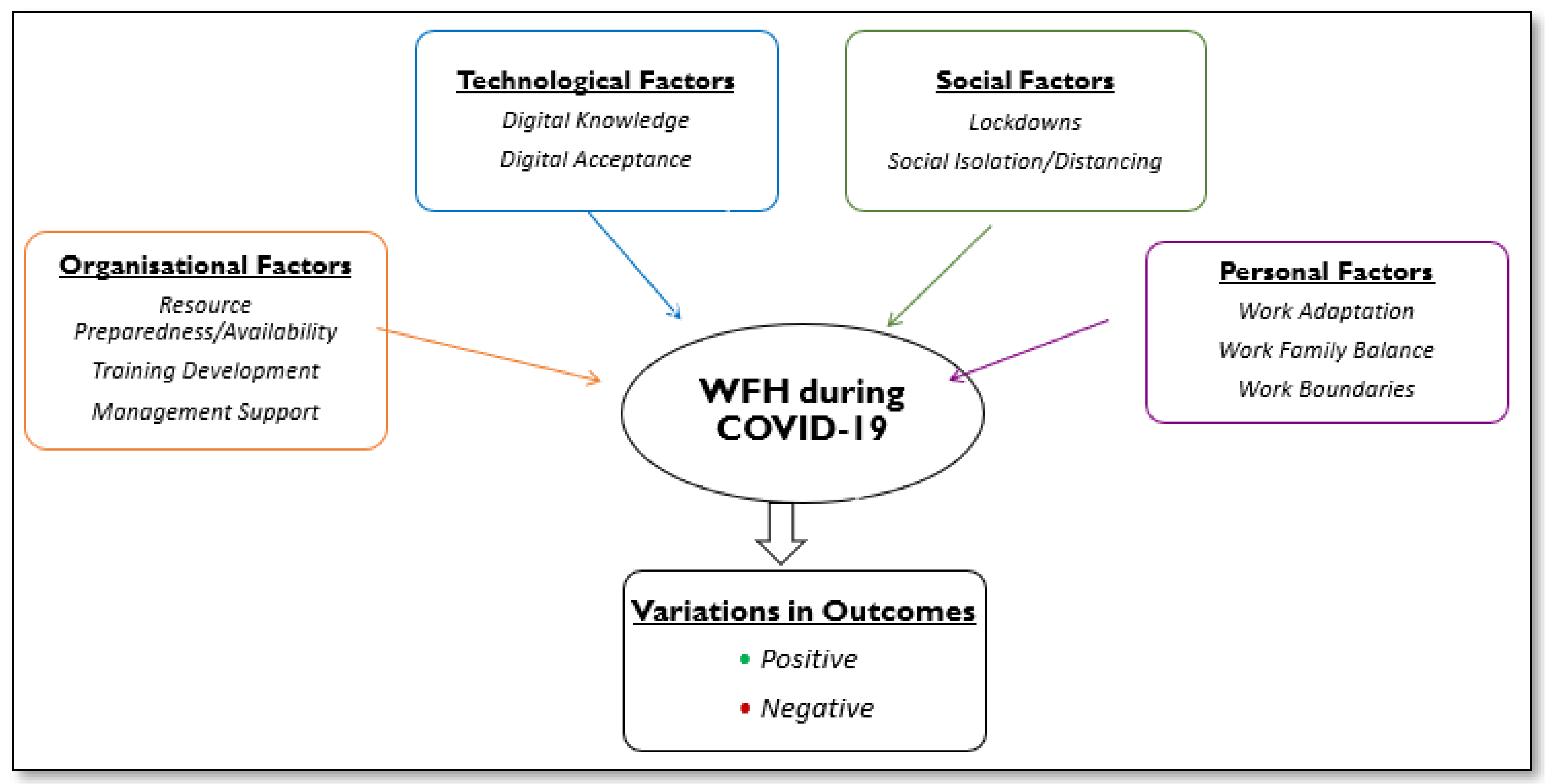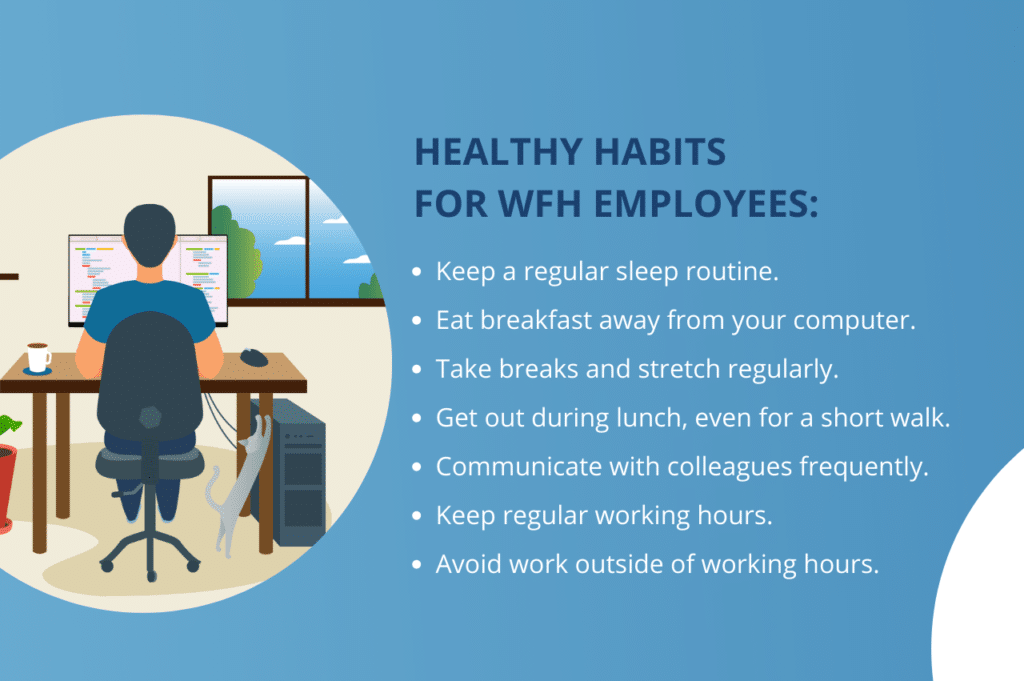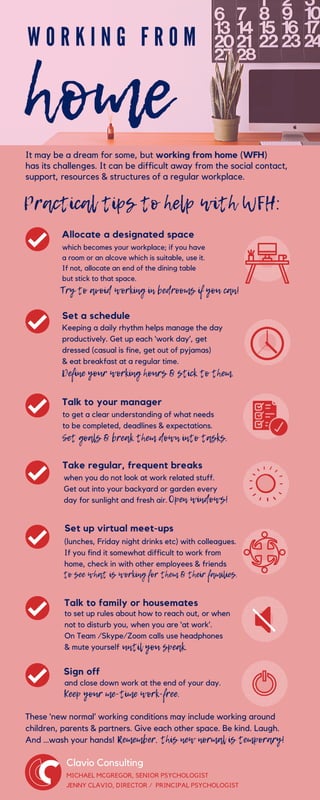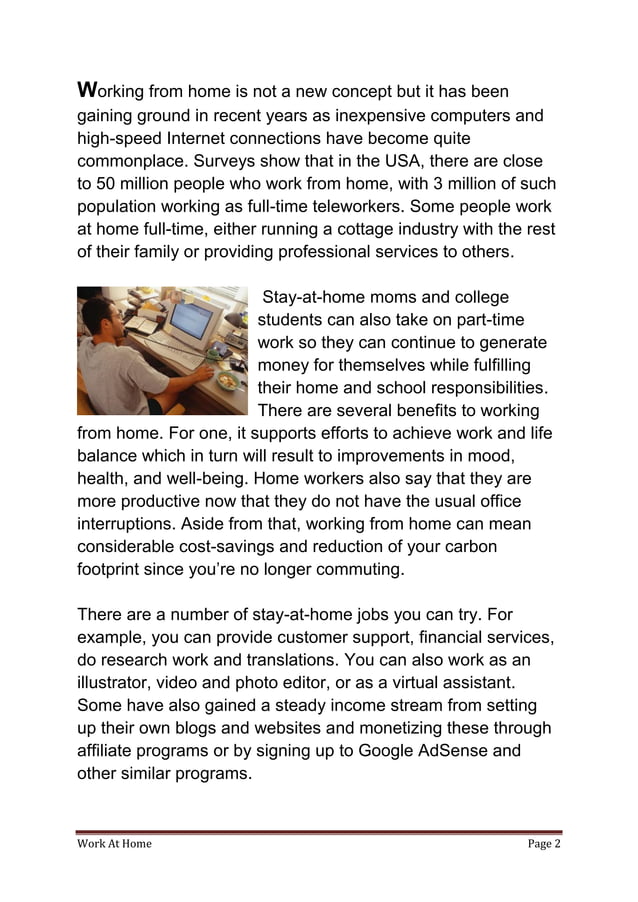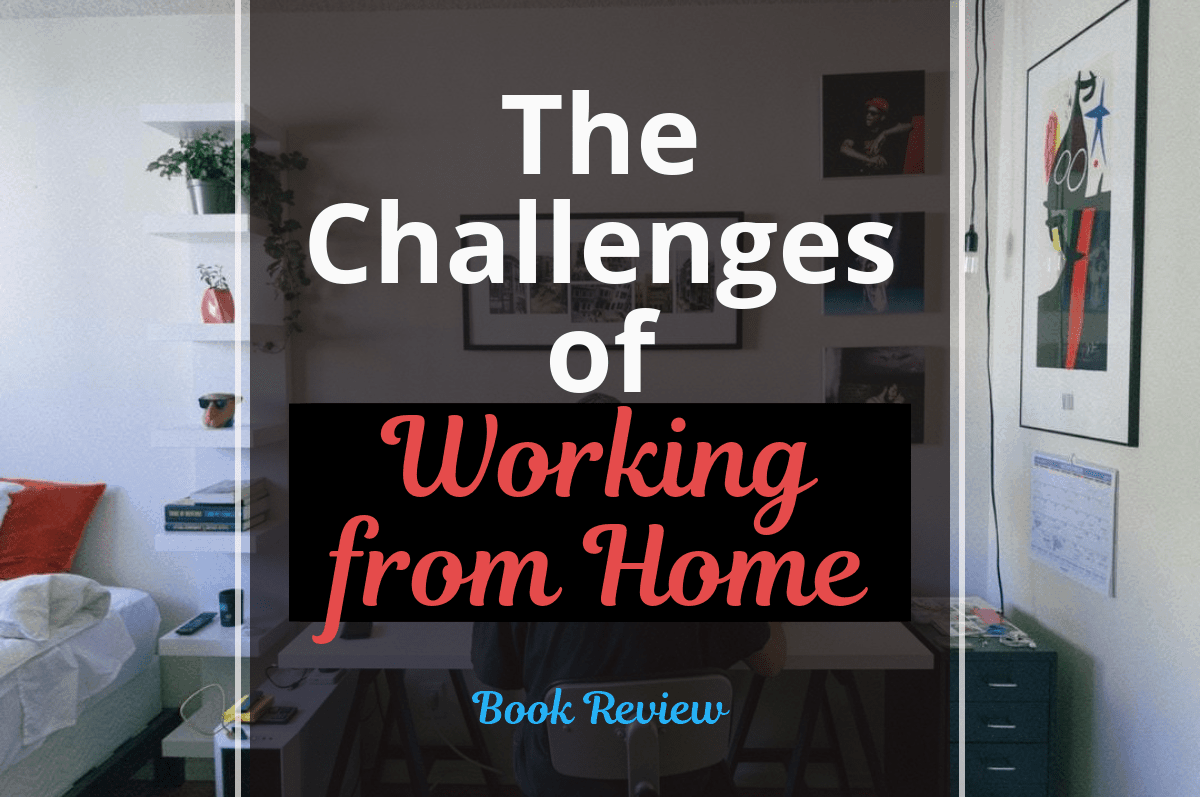Challenges Of Working From Home Pdf

The aroma of freshly brewed coffee mingles with the faint sound of birds chirping outside the window. Sarah, clad in her favorite comfy sweater, logs into her laptop. Another day of working from home begins. It seems idyllic, right? But beneath the surface of this seemingly perfect scenario lie challenges many remote workers face daily, challenges often unseen but deeply felt.
The shift to remote work, accelerated by the pandemic, has undoubtedly offered flexibility and autonomy. However, it's also brought forth a unique set of hurdles, ranging from blurred boundaries between work and life to feelings of isolation. Understanding these challenges is crucial for both employees and employers to foster a sustainable and productive remote work environment.
The Rise of Remote Work: A Double-Edged Sword
Before 2020, remote work was often viewed as a perk, a special arrangement for a select few. The pandemic changed everything. Companies worldwide were forced to embrace remote work to maintain operations, leading to a massive experiment in distributed workforces.
According to a 2023 study by Stanford University, productivity initially surged in many sectors as employees relished the freedom and flexibility. However, as the novelty wore off, the downsides of prolonged remote work started to emerge.
The Blurring Lines: Work-Life Integration or Invasion?
One of the most significant challenges is the difficulty in separating work from personal life. The physical boundary between the office and home disappears, leading to longer working hours and increased stress levels.
A survey conducted by the World Health Organization found that remote workers are more likely to experience burnout than their office-based counterparts. This is because they often struggle to disconnect from work, constantly checking emails and responding to messages even outside of regular work hours.
The Isolation Factor: Missing the Water Cooler Moments
Humans are social creatures, and the lack of face-to-face interaction can lead to feelings of isolation and loneliness. The spontaneous conversations, the shared lunches, the informal brainstorming sessions – these are all vital components of a healthy work environment that are often lost in remote settings.
"We've found that the absence of physical proximity can hinder team cohesion and collaboration," says Dr. Anya Sharma, a leading expert in organizational psychology. "It's important for companies to proactively implement strategies to foster social connection among remote teams."
Technology Troubles and Home Environment Hurdles
Not everyone has access to a reliable internet connection or a dedicated workspace. Sharing a home office with family members, dealing with distractions, and struggling with outdated technology can all contribute to decreased productivity and increased frustration.
Furthermore, the lack of proper ergonomic setups at home can lead to physical discomfort and health problems. Back pain, neck strain, and eye fatigue are common complaints among remote workers who spend long hours hunched over laptops on sofas or kitchen tables.
Overcoming the Challenges: Strategies for Success
While the challenges of working from home are real, they are not insurmountable. Both employers and employees can take steps to create a more sustainable and fulfilling remote work experience.
For employers, this includes providing employees with the necessary resources, such as ergonomic equipment and access to reliable technology. Clear communication, well-defined expectations, and regular check-ins are also crucial.
Employees, on the other hand, need to establish clear boundaries between work and personal life. This might involve setting specific working hours, creating a dedicated workspace, and taking regular breaks. Prioritizing self-care, such as exercise and meditation, is also essential for managing stress and maintaining overall well-being.
Ultimately, navigating the challenges of working from home requires a collaborative effort. By acknowledging the difficulties and actively seeking solutions, we can harness the benefits of remote work while mitigating its potential downsides. It's about finding a balance, creating a sustainable model that supports both productivity and well-being.

